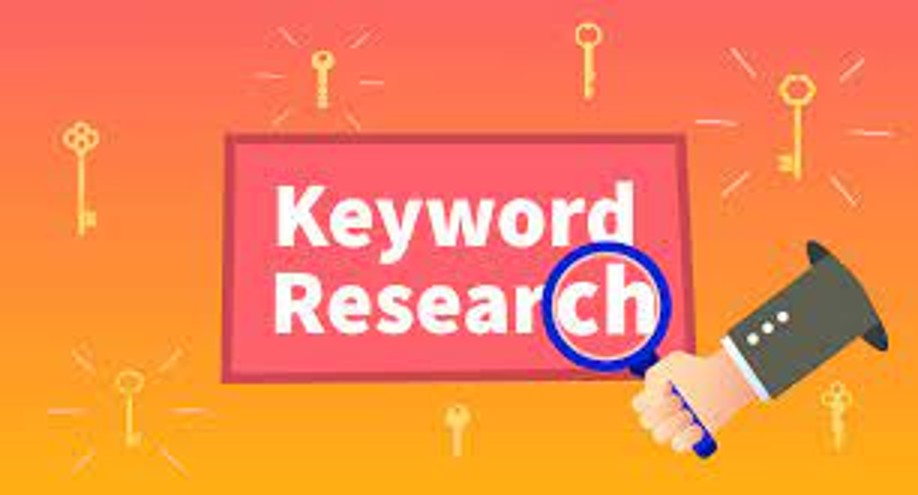NEWS
How to Scrape Site Data for SEO and Keyword Research

In the ever-evolving realm of digital marketing, staying ahead of the curve is essential to success. One of the most powerful tools at your disposal for enhancing your SEO strategy and conducting effective keyword research is the ability to scrape site data. Data extraction from website provides invaluable insights into your competitors, target audience, and the overall digital landscape. In this comprehensive guide, we will delve into the depths of how to scrape site data for SEO and keyword research, unlocking the potential for informed decision-making and strategic optimization.
Understanding the Basics of Data Extraction
Before we dive into the nitty-gritty of scraping site data, let’s get a grasp of the fundamentals. Data extraction from websites involves the automated retrieval of information from web pages. This information can be in the form of text, images, links, or any other content that can be found on a website. When used for SEO and keyword research, this data provides insights into the structure and performance of websites, helping you identify opportunities and areas for improvement.
Choosing the Right Tools and Technologies
The first step in your data scraping journey is selecting the appropriate tools and technologies. Several web scraping tools and libraries are available, each with its unique features and capabilities. Some popular choices include:
Beautiful Soup: A Python library for pulling data out of HTML and XML files.
Scrapy: An open-source web crawling framework for Python.
Selenium: A browser automation tool that can be used for dynamic web scraping.
Your choice of tools largely depends on your specific requirements and technical proficiency. For beginners, Beautiful Soup offers simplicity and ease of use, while more advanced users might prefer the flexibility of Scrapy or Selenium.
Identifying Target Websites and Data Points
Once you’ve selected your tools, it’s time to identify the target websites and the specific data points you want to scrape. For SEO and keyword research, you may be interested in:
Keyword rankings: Extract data on how your target keywords are performing on various search engines.
Backlinks: Gather information about the websites linking to your competitors.
On-page content: Retrieve content and meta-information from competitor websites.
Writing and Running Scraping Scripts
With your tools and data points defined, you’ll need to write scraping scripts. These scripts provide instructions to your chosen tool or library on how to navigate websites and extract the desired data. Be mindful of website terms of service and legal considerations when scraping data. Always respect robots.txt files and avoid overloading servers with excessive requests.
Data Processing and Analysis
Once you’ve collected the data, it’s time to process and analyze it. This is where the real value of data extraction from websites for SEO and keyword research shines. Utilize data visualization tools and techniques to make sense of the information you’ve gathered. Identify trends, patterns, and opportunities that can inform your SEO strategy.
FAQs
Q1: Is web scraping legal?
A1: Web scraping is legal as long as you abide by the terms of service of the websites you scrape and respect legal regulations regarding data privacy and copyright.
Q2: What programming languages are suitable for web scraping?
A2: Popular languages for web scraping include Python, JavaScript, and Ruby. Python is particularly favored for its robust libraries and ease of use.
Q3: How often should I scrape data for SEO and keyword research?
A3: The frequency of scraping depends on your goals. Regular updates are essential for monitoring keyword rankings, while competitor data might not require as frequent updates.
Q4: Can web scraping help in content optimization?
A4: Yes, web scraping can provide valuable insights into competitor content, helping you identify opportunities for content optimization and improvement.
Q5: What precautions should I take when scraping site data?
A5: Always respect robots.txt files, avoid overloading servers with requests, and ensure that your scraping activities comply with legal and ethical standards.
Q6: Are there any alternatives to manual scraping?
A6: Yes, you can use specialized SEO tools that offer data scraping and analysis features, reducing the need for manual coding and scripts.
Conclusion
In the world of digital marketing, scrape site data and data extraction from websites have become indispensable tools for SEO and keyword research. Armed with the right tools, techniques, and strategies, you can gain a competitive edge by understanding the digital landscape, optimizing your website, and targeting the right keywords effectively.
As you embark on your data scraping journey, remember that ethical and legal considerations are paramount. Always respect website terms of service and robots.txt files, and use web scraping responsibly.
In summary, data scraping for SEO and keyword research empowers you to:
- Gain insights into competitor strategies.
- Improve your keyword targeting.
- Enhance your SEO efforts.
- Identify growth opportunities.
Unlock the full potential of your digital marketing strategy by harnessing the power of data extraction from websites. By staying informed and making data-driven decisions, you’ll position yourself for success in the dynamic world of SEO.










